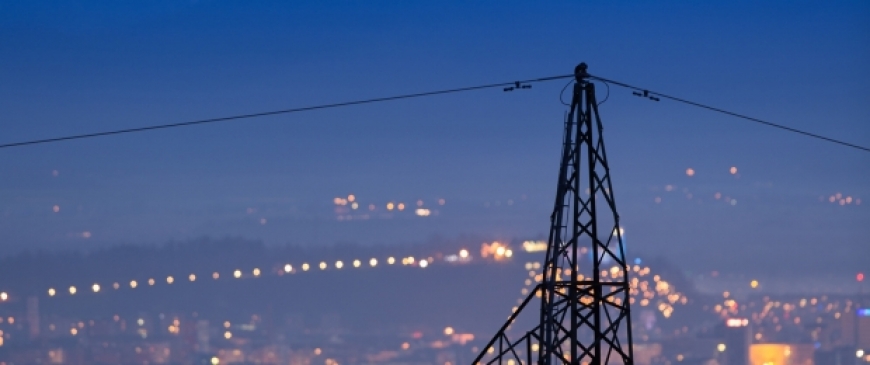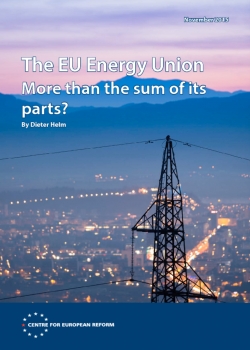
The EU Energy Union: More than the sum of its parts?
- The EU Energy Union is a concept whose time has come. Yet there is little consensus as to what it should contain. The Commission has listed all the current measures and added a layer of governance. Yet the key to success is to focus not on what is currently being done on a piecemeal basis but on the core infrastructure of the European market – the network systems of electricity and transmission.
- The integration of these networks has multiple pay-offs to the European economy. Integrating networks increases Europe’s security of supply and reduces the pressure of those countries exposed to Russia’s aggressive threats to gas supplies; reduces the costs of meeting the capacity requirements in each member-state; and brings competition to the heart of the dominant national incumbents and hence helps to harmonise prices.
- Integration significantly reduces the system costs of renewables and decarbonisation – by allowing the various types of renewables to be located in the best places, with the most sunshine and the best wind flows, and by providing better back-up to intermittency.
- An EU Energy Union built around the core networks is therefore the best and probably only way to achieve the EU’s trilemma of objectives – security, decarbonisation and competitiveness.
- The paper proposes three steps to the development of the EU Energy Union: that the Commission undertake an assessment of the prize that integration will bring; that it should map out the networks at the European level; and gradually move towards a European system operator.
Dieter Helm is Professor of Energy Policy at the University of Oxford.
Copyright is held by the Centre for European Reform. You may not copy, reproduce, republish or circulate in any way the content from this publication except for your own personal and non-commercial use. Any other use requires the prior written permission of the Centre for European Reform.

